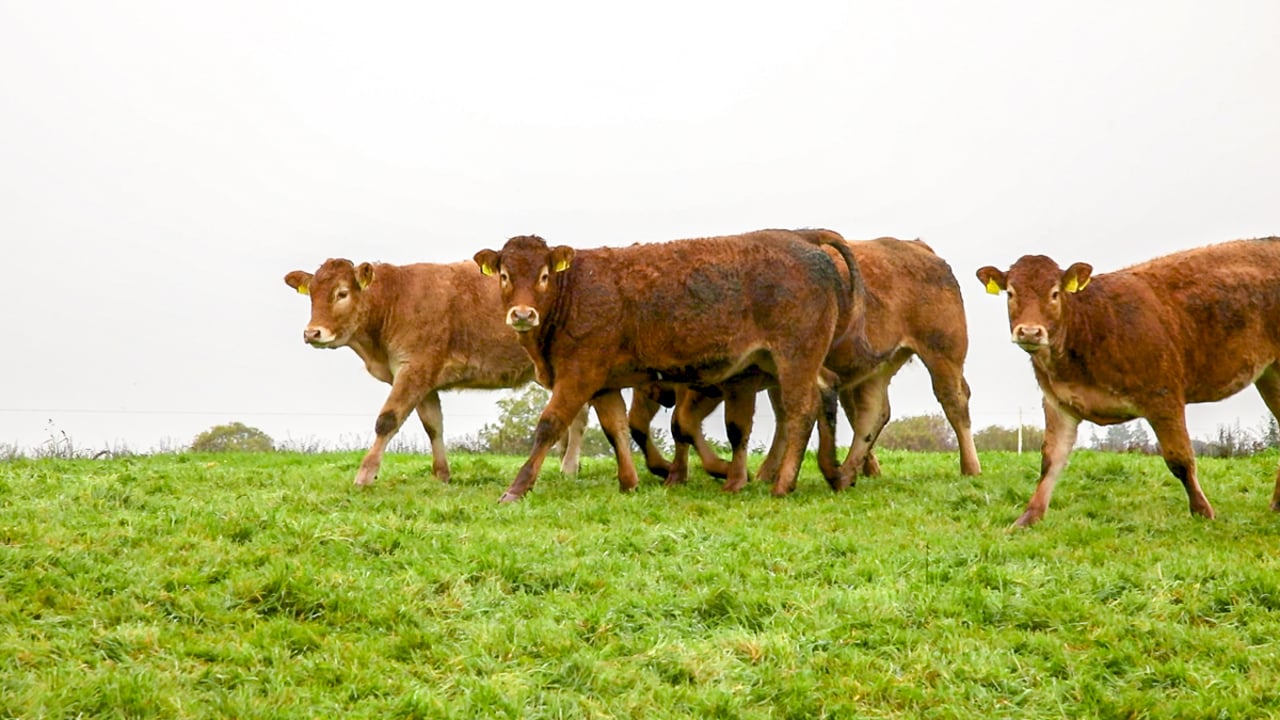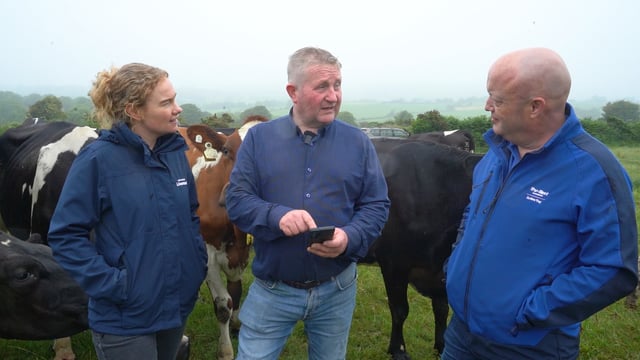RVL report: Dead cattle found to have swallowed wire
Regional veterinary laboratories (RVLs) in Ireland have recently investigated a number of dead cattle that they discovered had swallowed wire.
A 14-month-old Limousin-cross heifer was submitted to the Limerick RVL with a six-week history of coughing and wheezing, progressing on to respiratory distress, brisket oedema, and lethargy.
The animal was treated a few times but failed to improve.
On necropsy, there were lesions of traumatic reticuloperitonitis, and pericarditis associated with a 10cm wire lodged in the wall of the reticulum.
The pericardial sac was filled with approximately three litres of purulent fluid. Other gross findings included nutmeg liver and brisket oedema.
This was detailed in the most recent RVL report that was published in the Veterinary Ireland Journal.
A similar case occurred at the Athlone RVL, where an 18-month-old bullock with a history of sudden death was examined. It was the second similar loss in seven days spent on the same pasture.
On gross postmortem examination, there was a diffuse, mild, fibrinous peritonitis in the cranial abdomen, with haemorrhages and fibrin on the serosa of the reticulum and on the ventral surface of the diaphragm.
A 7-8cm length of wire was found traversing the diaphragm.
There was a large free blood clot in the thoracic cavity and the pericardial sac surface was haemorrhagic.
There were pleural haemorrhages on the right anteroventral and middle lung lobes. There was a 7cm well-encapsulated abscess in the liver.
A diagnosis of foreign body reticulitis with peritonitis and thoracic haemorrhage (cardiac/pleural/pericardial) was made.
According to the National Animal Disease Information Service (NADIS) in the United Kingdom (UK), traumatic reticulitis occurs sporadically in adult cattle following ingestion of sharp metal and plastic objects (eg. fence wire and nails) and their localisation in the reticulum.
Outbreaks of disease have been reported after incorporation of wire from disintegrating car tyres used on silage pits into feeders, and after access to bonfire sites.
Classical clinical signs are only observed when the foreign body is in contact with the peritoneal lining of the abdominal cavity and may last only 2-3 days after which adhesions restrict reticular movement.
There is sudden and complete loss of appetite, and a dramatic fall in daily milk production e.g. from 40 litres to 2-3 litres.
The animal stands with an arched back and moves reluctantly, and is typically last to enter the milking parlour.
The cow shows evidence of anterior abdominal pain with a taut rigid abdomen, refusal to turn sharp corners, ears back, and a fixed glazed stare.
The cow is constipated and defaecation and urination are often accompanied by grunt. A pain response can usually be elicited when the cow's back is dipped behind the withers.
Advice from NADIS stated that metal detectors are "a waste of time" due to the presence of harmless pieces of metal in the reticulum (anthelmintic boluses for example) and some objects may be plastic or other synthetic, non-metallic material.
The service advised farmers to take great care with building work as nails are a common foreign body.
It also urged farmers to prevent access to bonfire sites on their land for cattle where pieces of metal may be found, and to take care not to put old tyres that are breaking with exposed wire from the silage pit into the feeder.
NADIS stated that magnets can be given to all cows by mouth which lodge in the reticulum and are reported to be highly effective in attracting ingested metal objects.





